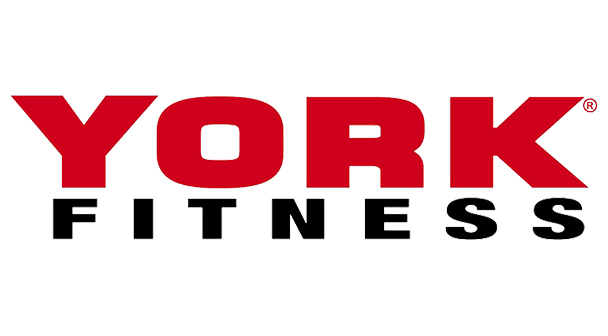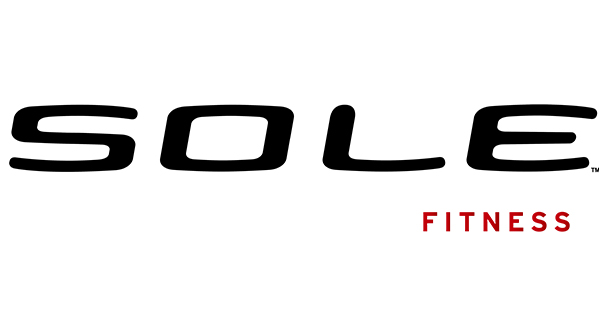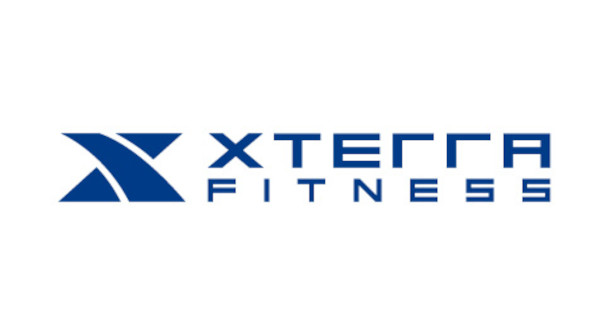7 reasons to try a HIIT workout
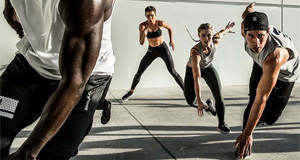
If you fancy spending less time in the gym, but still want an effective fat burning workout routine, then HIIT could be for you.
There has been a buzz around HIIT (High Intensity Interval Training) since the 1970’s as a very successful way to work out for both men and women.
It is a form of strength training using weight repetitions until the muscles are about to give up.
This training is characterised by quick and intense repetitions at high intensity to stimulate muscle growth. As you become stronger, weights are increased to the point of overload to stimulate even more muscle growth. This form of training is meant to be done infrequently (not daily).
With this amount of high intensity there is going to be a fair amount of downtime to allow the muscles to repair and recover. HIIT has been shown to elevate the metabolism for hours after your workout.
7 REASONS TO TRY A HIIT WORKOUT
Women’s Health Magazine online advocate HIIT routines for those trying to get fit fast. They interviewed Jordan Metzl, M.D., an exercise physician and author of The Exercise Cure to find out why.
1. It Strengthens the Heart
When you turn up the intensity on your workout, your heart works harder. This muscle becomes stronger after putting it through tough training. A study by the American Council on Exercise found that high-intensity interval training that consists of eight intervals performed in four minutes, effectively boost cardiovascular strength.
2. It's the Fitness Equivalent of Buy One Get One Free
You might not think that it's possible to squeeze a solid strength-training session and a calorie-torching cardio workout into a quick routine, but you would be wrong. With interval training, you're pushing yourself as hard as you can go to accomplish as many reps as possible for cardiovascular benefits. By incorporating strength-training exercises into your intervals, you also reap muscle-strengthening benefits too.
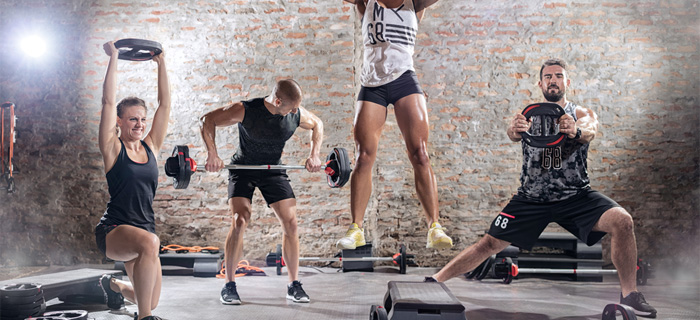
3. You Can Tailor Your Training to Your Fitness Level
You don't have to follow 30 seconds of an intense move using seriously heavy dumbbells with just 30 seconds of rest—that level would be something a highly trained exerciser would shoot for. If you're not quite ready for that challenge, there are ways to tweak your work-to-rest ratio, as well as the moves you're doing.
4. It Doesn't Require a Gym
You don’t need to have a fully stocked gym for this training to work. It can be done at home.
5. It Keeps Your Blood Sugar in Check
A new study published in the journal Diabetologia suggests that interval training can help control blood sugar in people with type 2 diabetes better than continuous exercise.
6. It Cranks Up Your Metabolism
When you do a "sustainable" exercise, like going on a long run, your body uses less oxygen than when you push yourself to the max, as you do during HIIT. And when you work out to the point where it's difficult to breathe (because your body is using more oxygen), your metabolism starts working at a higher level, which helps you burn more calories during your workout and after you exercise.
7. It Burns More Fat in Less Time
When your workout goes back and forth between high- and low-intensity activities, it improves your anaerobic and aerobic fitness, which helps you burn more fat in less time than longer endurance training.
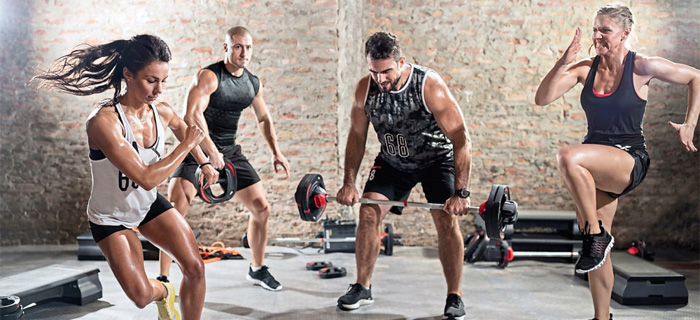
HOW TO USE HIIT
HIIT advocates emphasising the use of controlled lifting weights smoothly and slowly using strict form, with special attention paid to avoiding any bouncing, jerking, or yanking of the weight or machine movement arm during exercise.
Muscleandfitness.com say the intensity during the work period should be greater than 80% of estimated max heart rate (the higher the better—it should feel like you're exercising hard to very hard).
They recommend using your body weight with squats, lunges, star jumps, burpees and jumping jacks if you are not near a gym for 50 seconds on and 10 seconds of rest.
If you have access to weights such as dumbbells and bars for deadlifts, you can maximise your workouts with 4 sets of 30 seconds on and 30 seconds off routines.






